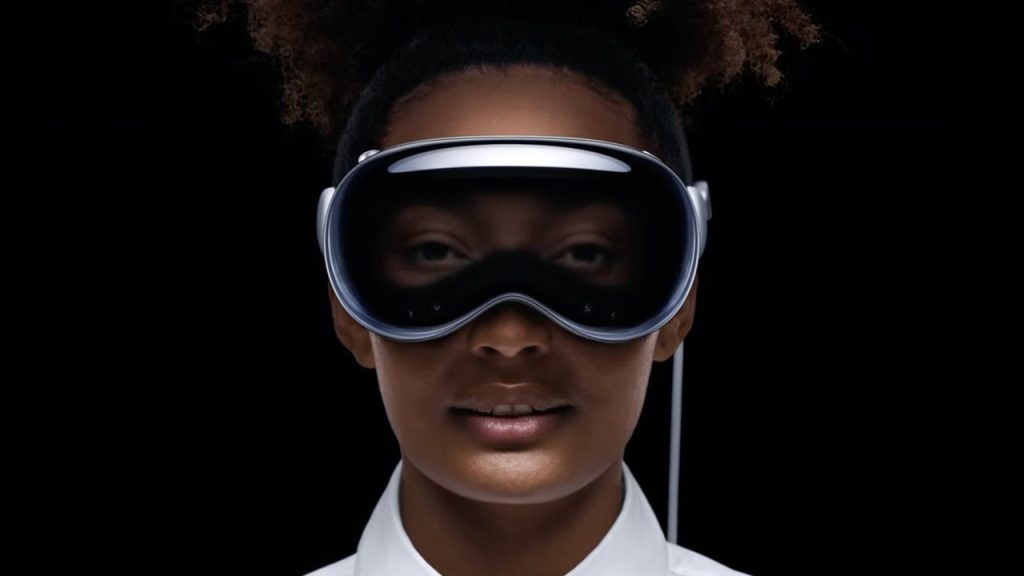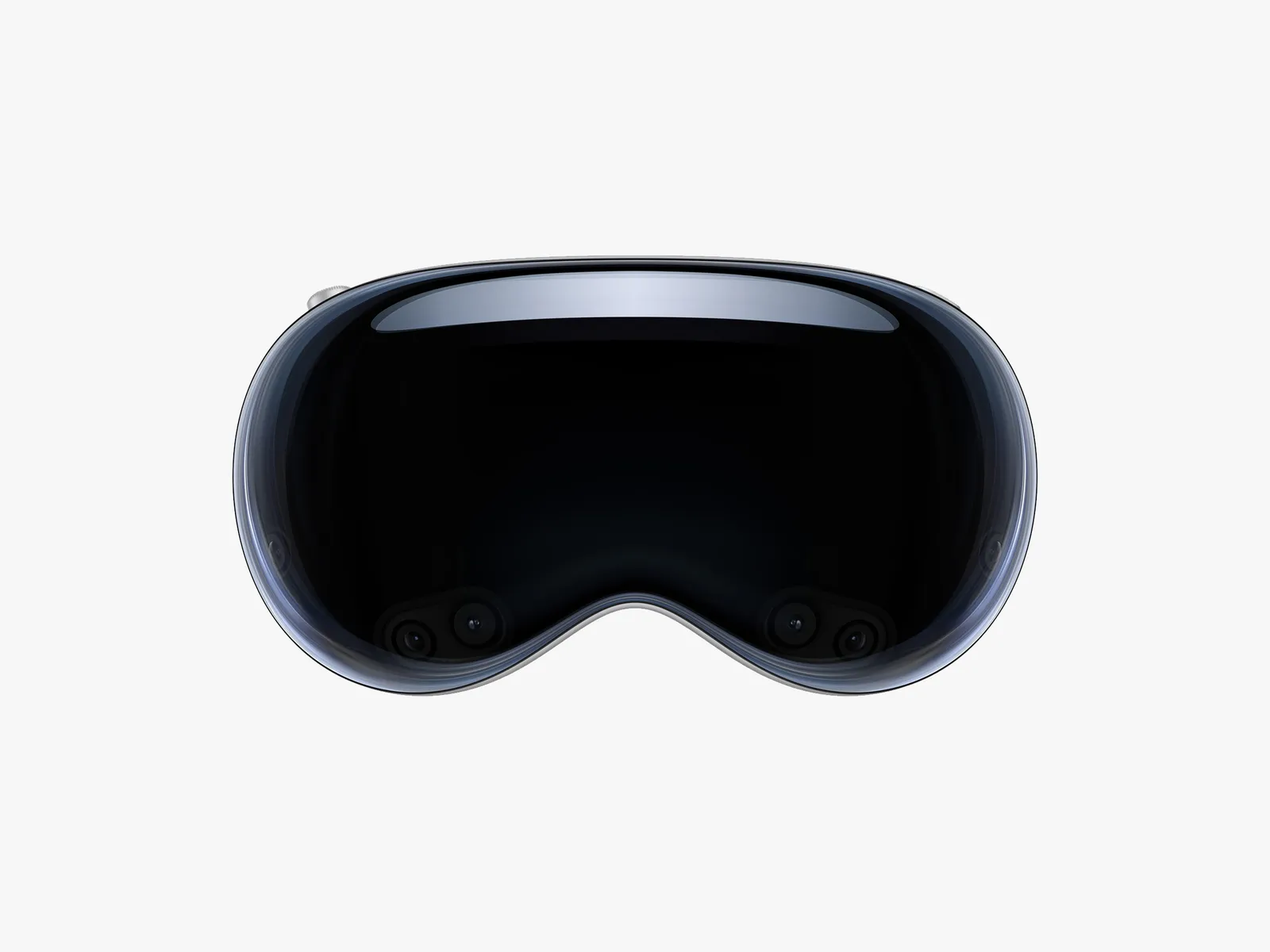Virtual reality is an ever-expanding industry, with heavy hitters like Valve and Meta setting new standards on what we can achieve with updated products and exciting software launching year after year. It’s no surprise then that Apple finally announced its own unique foray into the platform during the World Wide Developer Conference earlier this year.
Combining Apple’s sleek approach to aesthetics with some fascinating technology under the hood, the Vision Pro headset promises a deluxe mixed-reality setup that can augment your leisure time and assist with your workflow. Instead of being a hub for novelty experiences, Apple wants consumers to slip on the headset as part of their daily routine.
It’s easy to assume Apple’s technological pedigree will mean the Vision Pro can easily find a place among the best VR headsets, but there’s plenty to consider before you double down and take an expensive leap.
ACCESSORIES

Apple Vision Pro Release Date and Preorder
The Apple Vision Pro will be available for purchase in North America starting February 2, 2024, with preorders available now. Consumers can purchase the Vision Pro at all Apple Store locations in the US, as well as the US online store. If you’re keen to pick one up around launch, it might be worth checking where your closest Apple Store is so you can figure out the commute.

During the Vision Pro’s reveal keynote at WWDC 2023, Apple said that there were “more countries coming later next year,” suggesting that International buyers may have access to the Vision Pro in the coming months. Regardless, no solid date is attached, nor are there any particular regions mentioned. We’ll be sure to update this article as soon as we know more about when international consumerscan get their hands on this new technology.

Apple Vision Pro Price
Virtual reality headsets are not cheap, and the Vision Pro is perhaps the most luxurious option coming to market. Coming in at $3,499, this headset sits on the higher end of the pricing spectrum, beating out the comparatively affordable Meta Quest Pro and even the high-end Valve Index. One bonus with the Vision Pro is that it functions as its own computer, so you won’t need any additional kit like PCs or consoles to use the headset.
Apple Vision Pro Models
The Vision Pro is the first entry into Apple’s VR product line, with only one model available as of writing. However, given Apple’s penchant for customizability across its MacBook, iPhone, Apple Watch and iMac lines, there will hopefully be more customizability coming to the Vision Pro in the future. It would be great to see alternative colourways for the headset, as well as potential variety in specs to create a more affordable option or a super high-spec unit for power users.

Apple Vision Pro Features
Apple loves to fill its products with features that mask the technical nitty-gritty in order to make them approachable to all manner of users, focusing on easy-to-use UI and functional systems. As such, the Vision Pro has seemingly inherited many notable features from Apple’s current product lines, like Siri.
The Vision Pro has its own custom OS called visionOS. This new ‘spacial software system’ blends assets from Apple’s other tried and tested operating systems, like macOS and iPadOS, creating a bespoke software setup the Vision Pro headset will harness to deliver a smooth experience.
Users will be able to manipulate the size of the in-headset ‘screen’ in the room, with certain apps creating a 3D impression by casting shadows. For deeper immersion, the Vision Pro also has a Digital Crown you can rotate to fully envelop yourself in the OS at will or reduce it to provide transparency and presence in the real world.
The Vision Pro also features built-in headphones that are located on the wearable strap of the device, which will offer spatial audio. By using audio ray tracing, the Vision Pro is said to create a picture of your environment’s acoustics, tweaking your playback from moment to moment.
You can interact with the Vision Pro’s UI in various ways, from voice control to eye tracking and hand gestures, depending on your needs. Unlike the Valve Index, which uses Lighthouses (external mapping devices to get a picture of the room), the Vision Pro has a series of sophisticated inside-out cameras that map the space at large. The cameras can also be used in tandem with specific gestures to select and manipulate parts of theOS to achieve what you want in real-time.
If you are working on something more long-form, the Vision Pro is Bluetooth enabled so you can connect a mouse or keyboard at will, and create a little office space. The Vision Pro also has FaceTime built-in, so you’ll be able to host all kinds of meetings and catch ups while you work in VR. VisionOSs rendition of Facetime will resize those on the call to fit the space, meaning you can co-work on calls while utilizing your whole environment.
The Vision Pro also houses a 3D camera, which you can use to record and capture pictures and images in 3D, which you can replay later, like digital memories.
Finally, OpticID is Apple’s security solution for the device, which uses an imprint of your iris to create a unique biometric signature for the user. An evolution of the Touch ID and Face ID Apple users have come to know, Optic ID will use light to map your eye, storing that information on the Vision Pro headset itself. Once set up, your iris will be used to unlock the headset but authorize payments, too. As Bo Burnham says… we’re living in the future.





















